Obesity: A Comprehensive Teaching Plan for Healthcare Professionals
VerifiedAdded on 2022/08/26
|18
|506
|33
Report
AI Summary
This report presents an obesity teaching plan, addressing the medical condition of obesity, its causes, symptoms, and the associated risks, particularly within the context of long-term care. The plan outlines the types of obesity, including those with high-risk factors, and delves into the factors contributing to obesity, such as lack of physical activity and unhealthy eating habits. The report emphasizes the complications of obesity and proposes prevention strategies, including dietary changes, increased physical activity, and mental health support. It details a self-care plan for obese residents and offers an epidemiological rationale based on CDC data. The report also includes an evaluation of the teaching experience, highlighting areas of strength and areas for improvement, such as engaging diverse audiences and creating a comfortable environment for communication. References to relevant sources, including CDC data, are provided.
1 out of 18

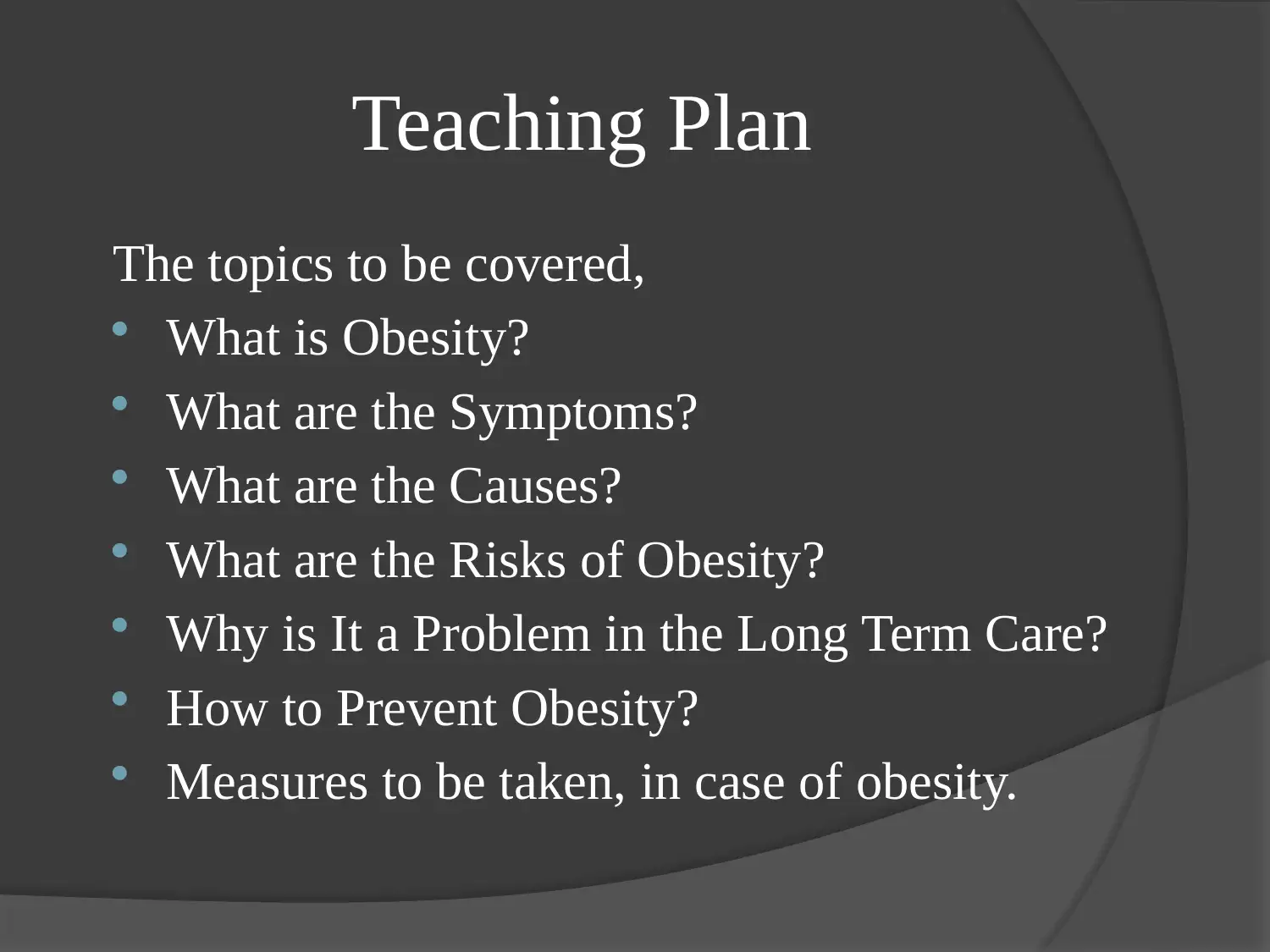
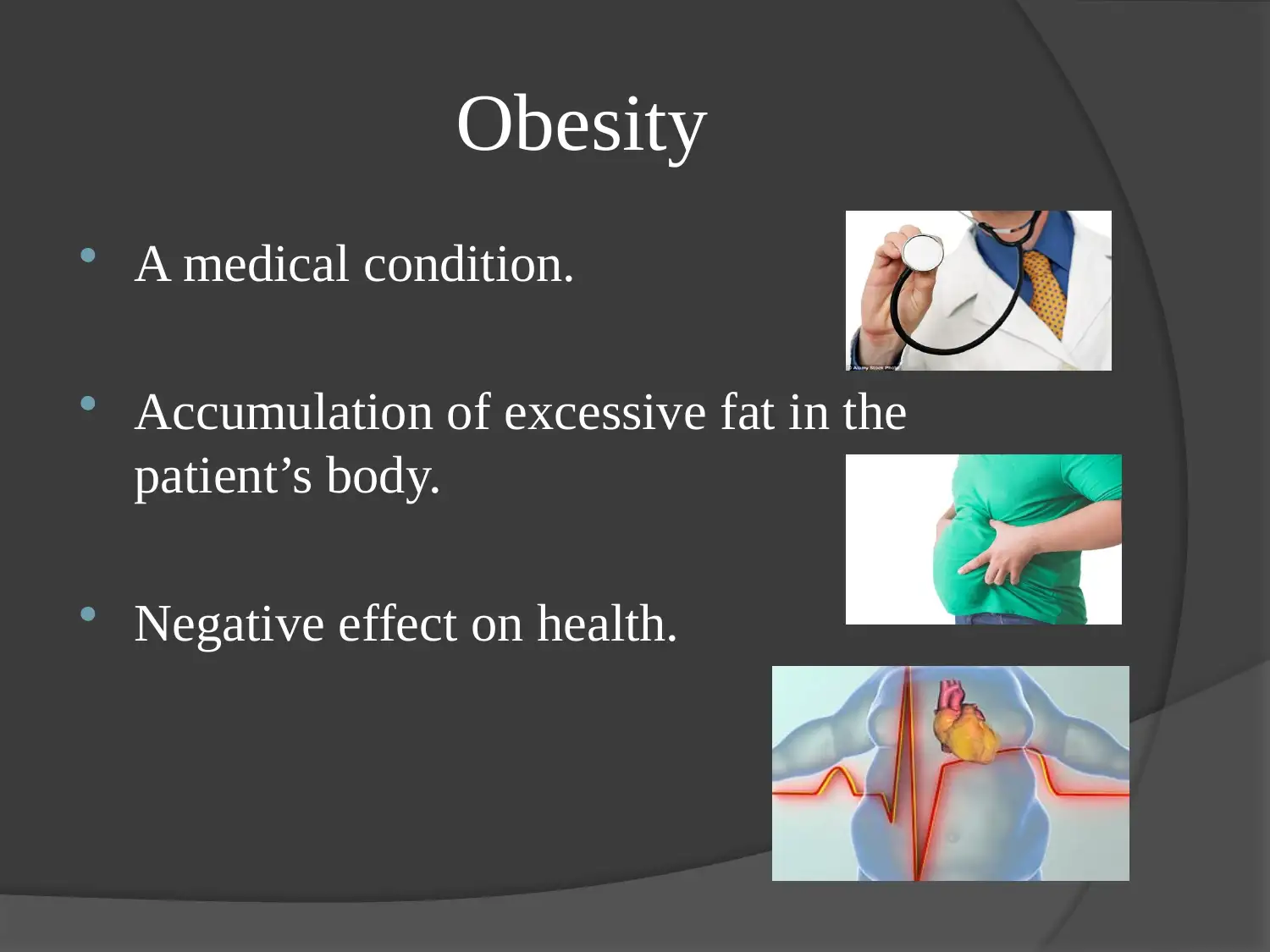

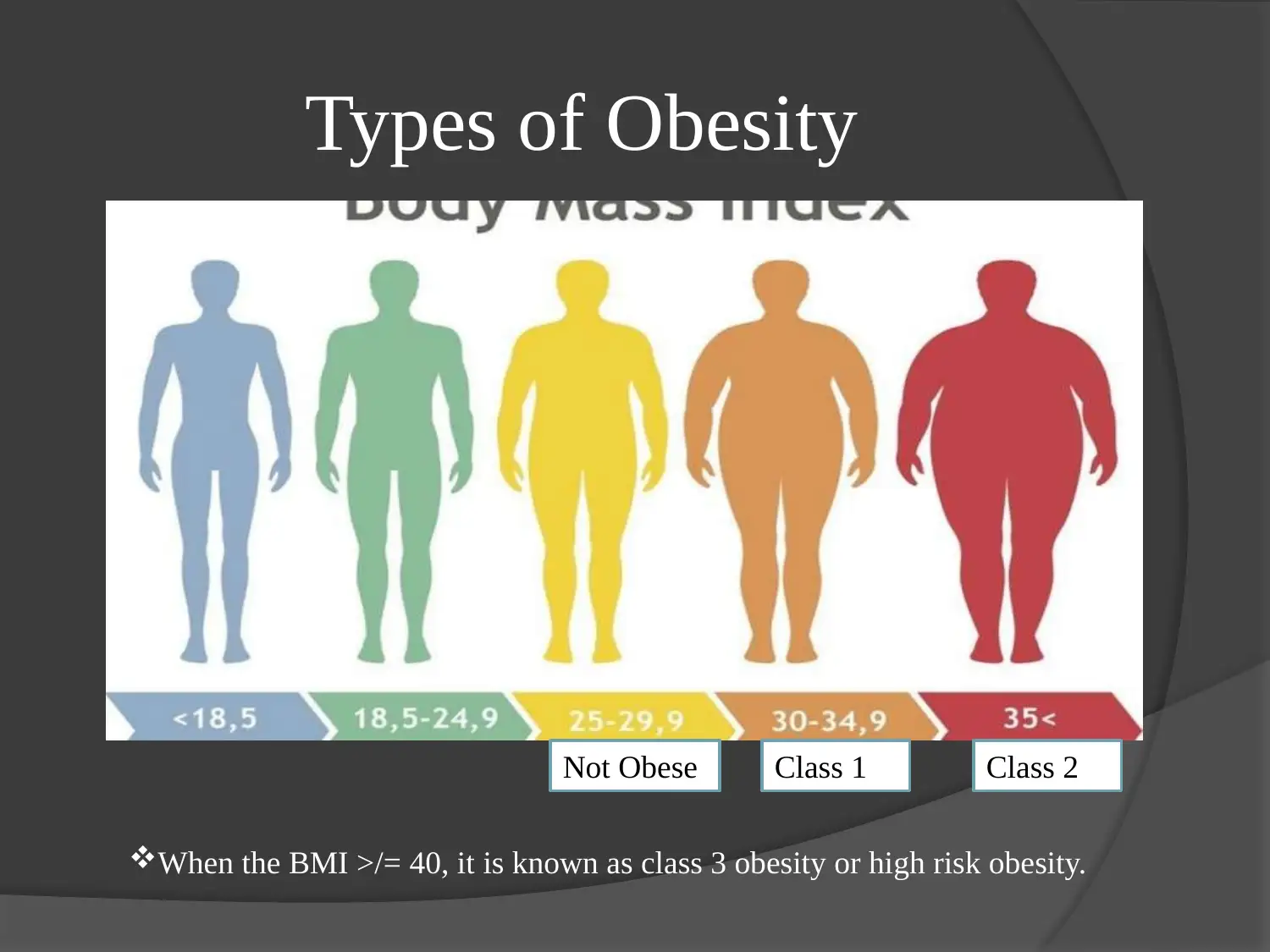

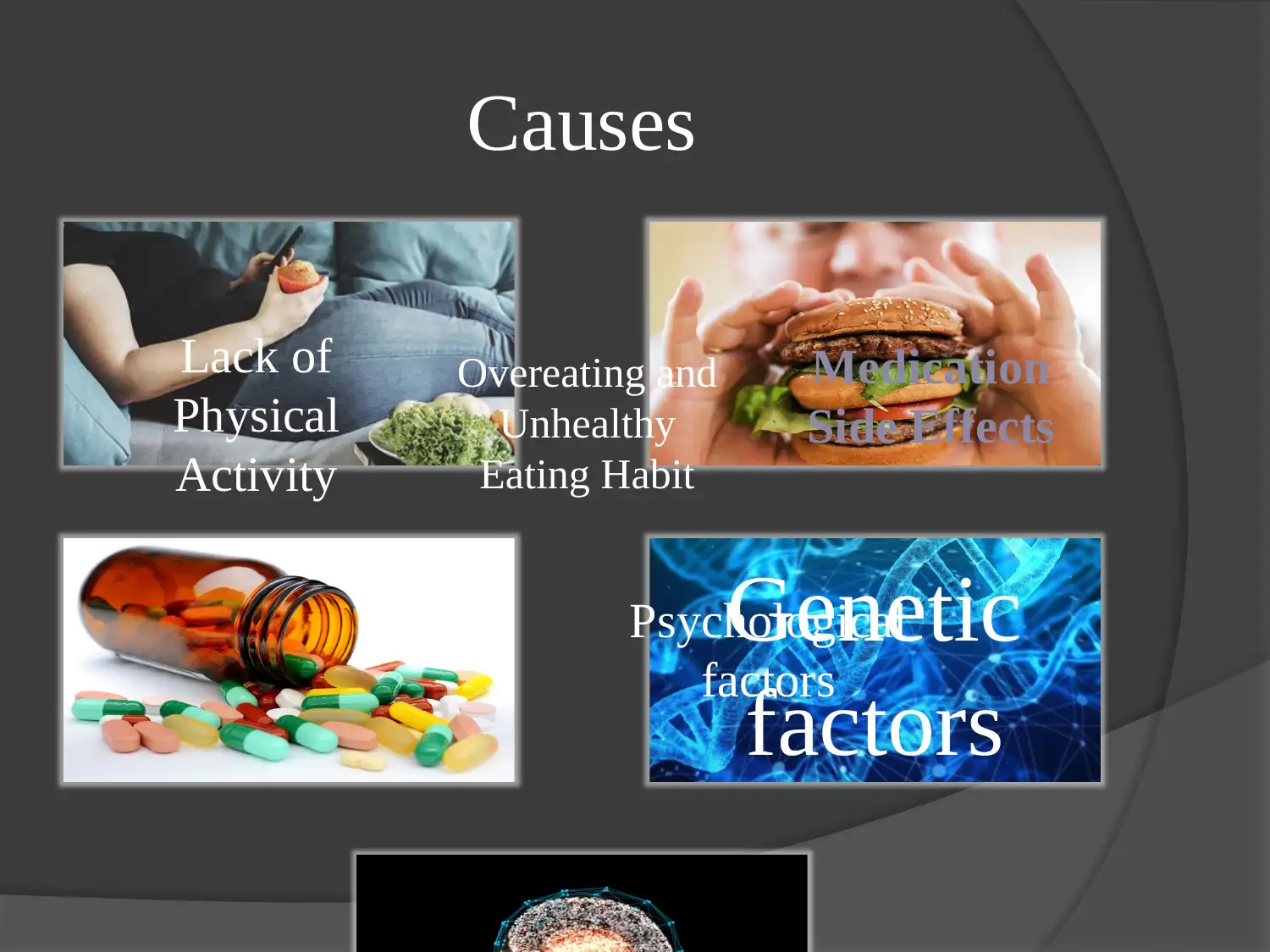
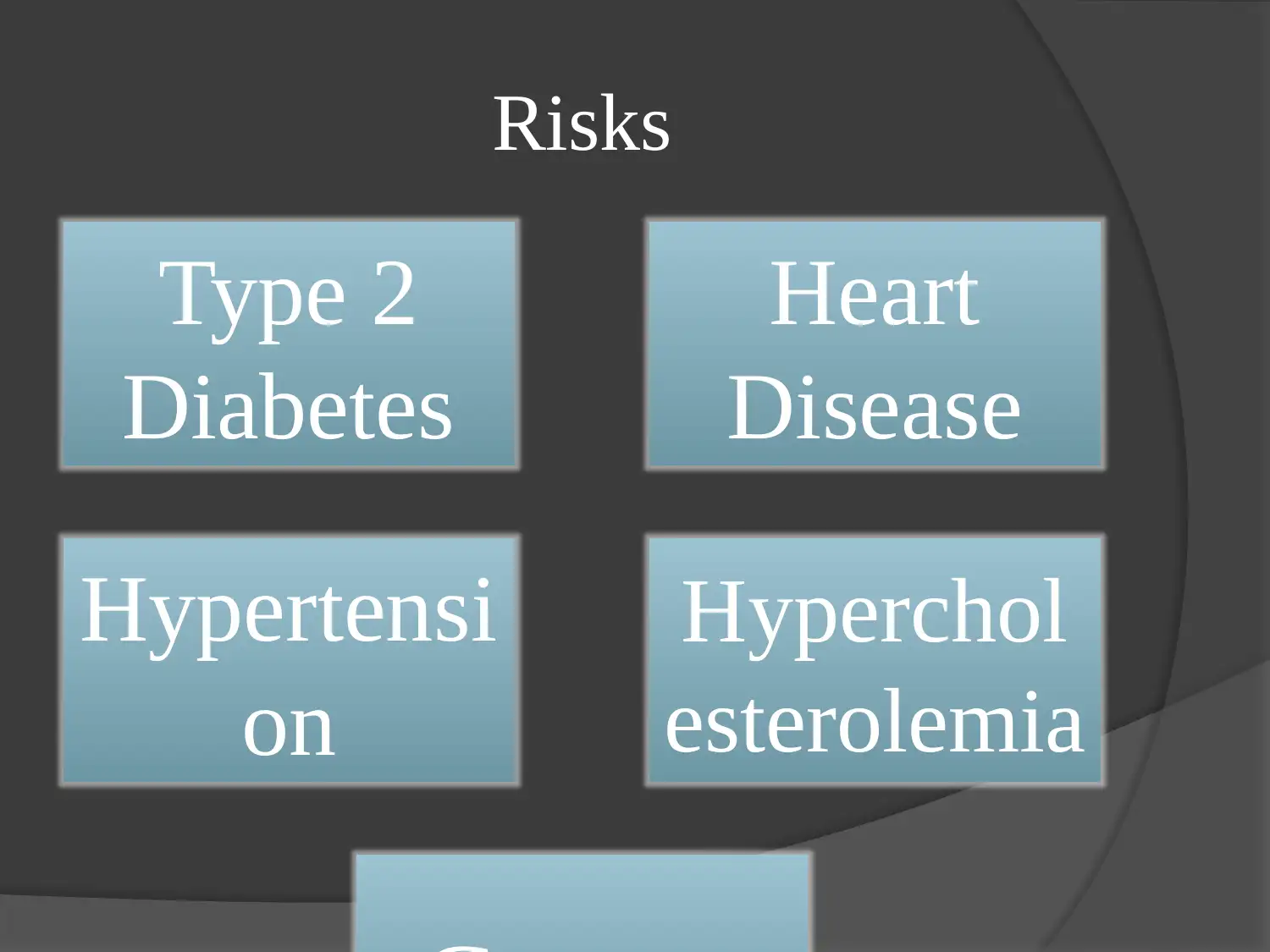
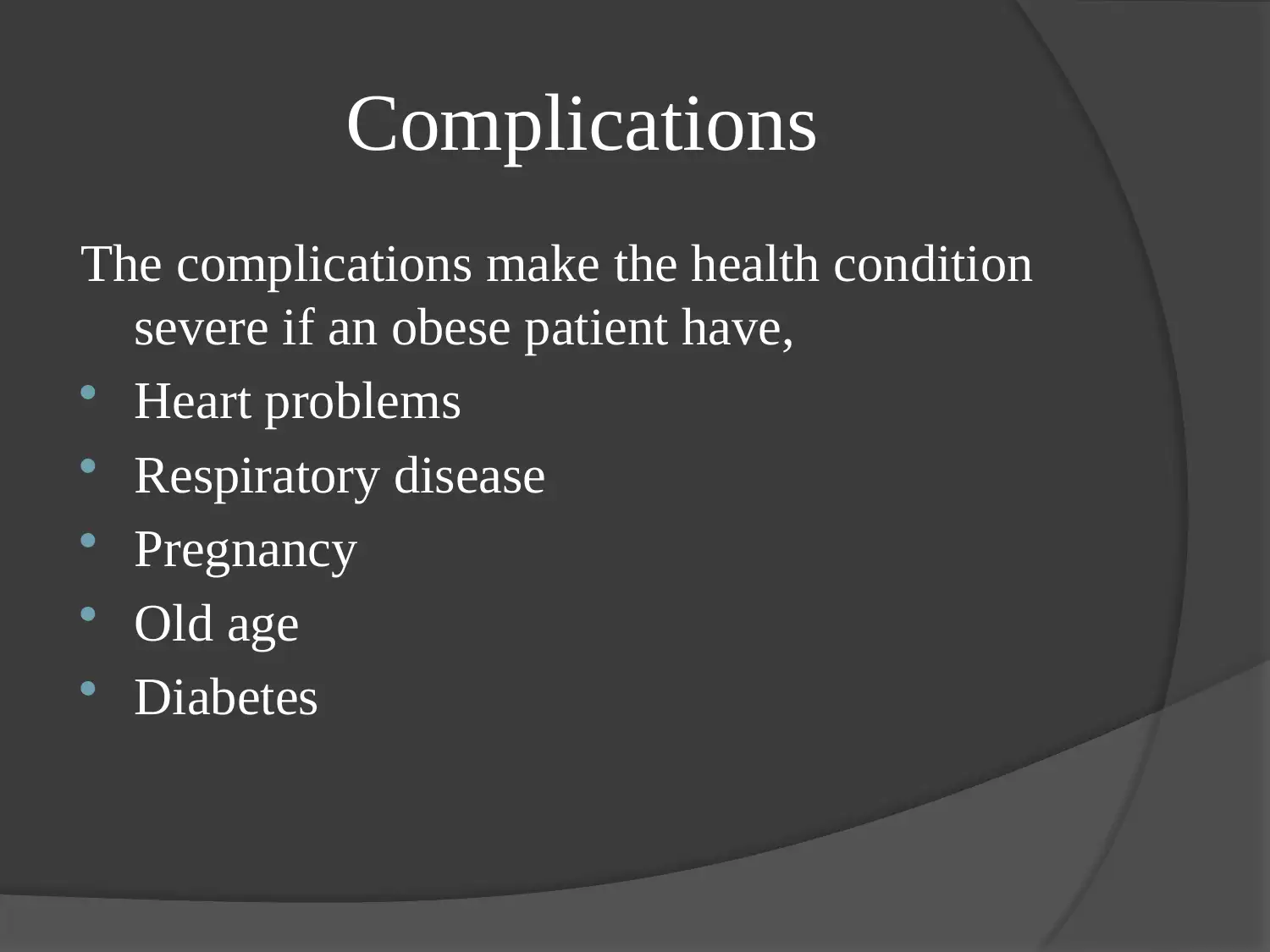
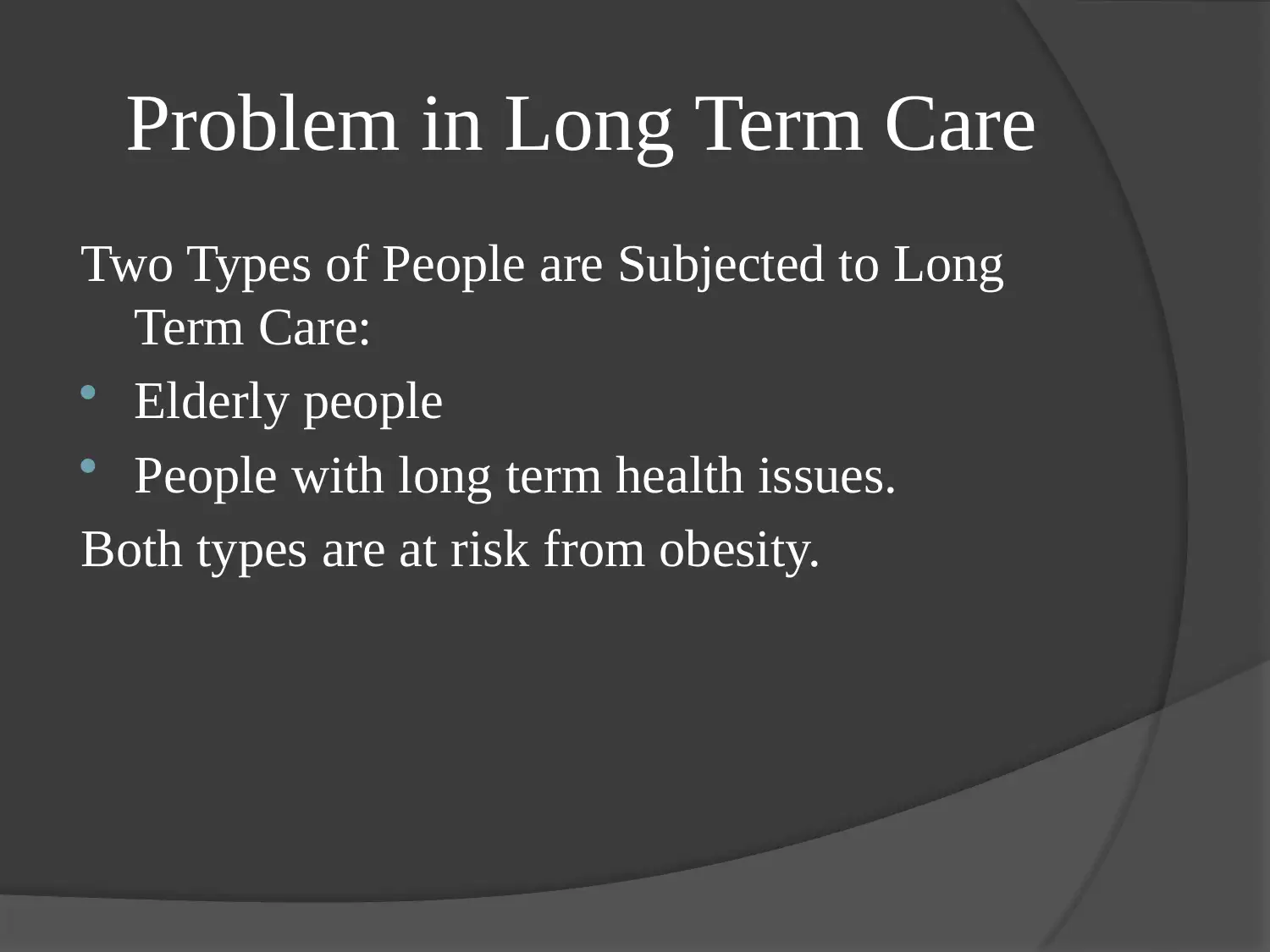
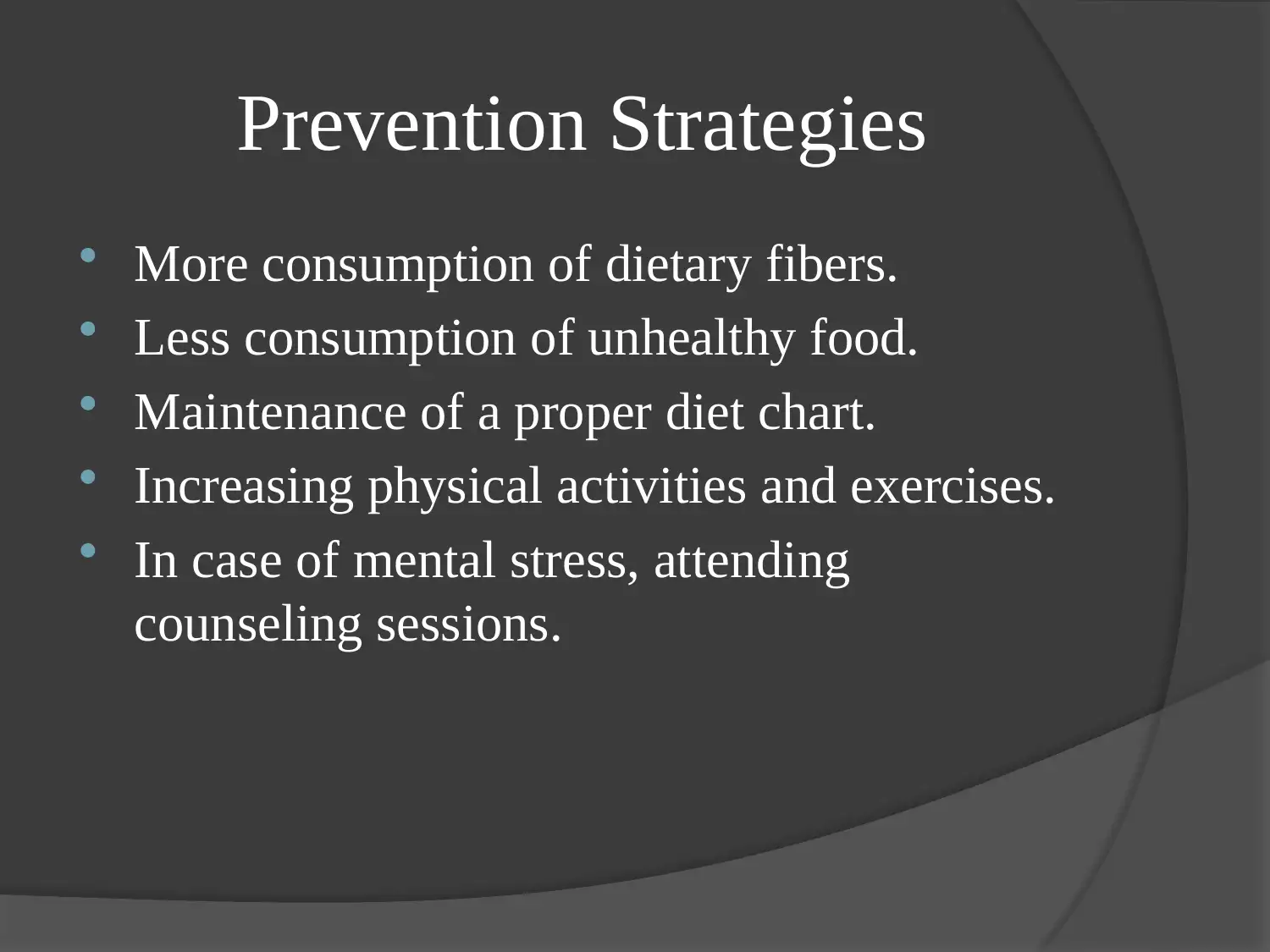

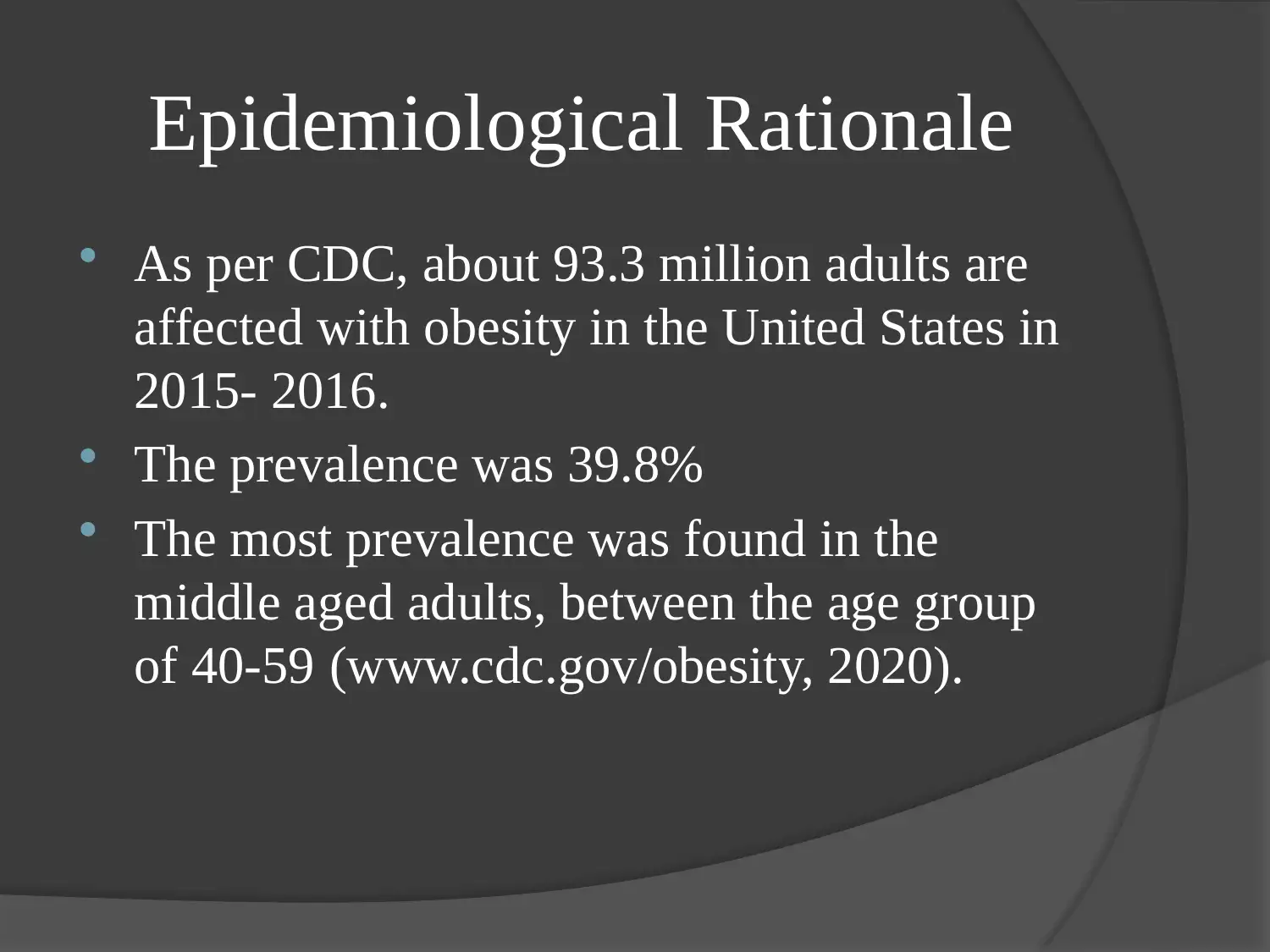





![[object Object]](/_next/static/media/star-bottom.7253800d.svg)